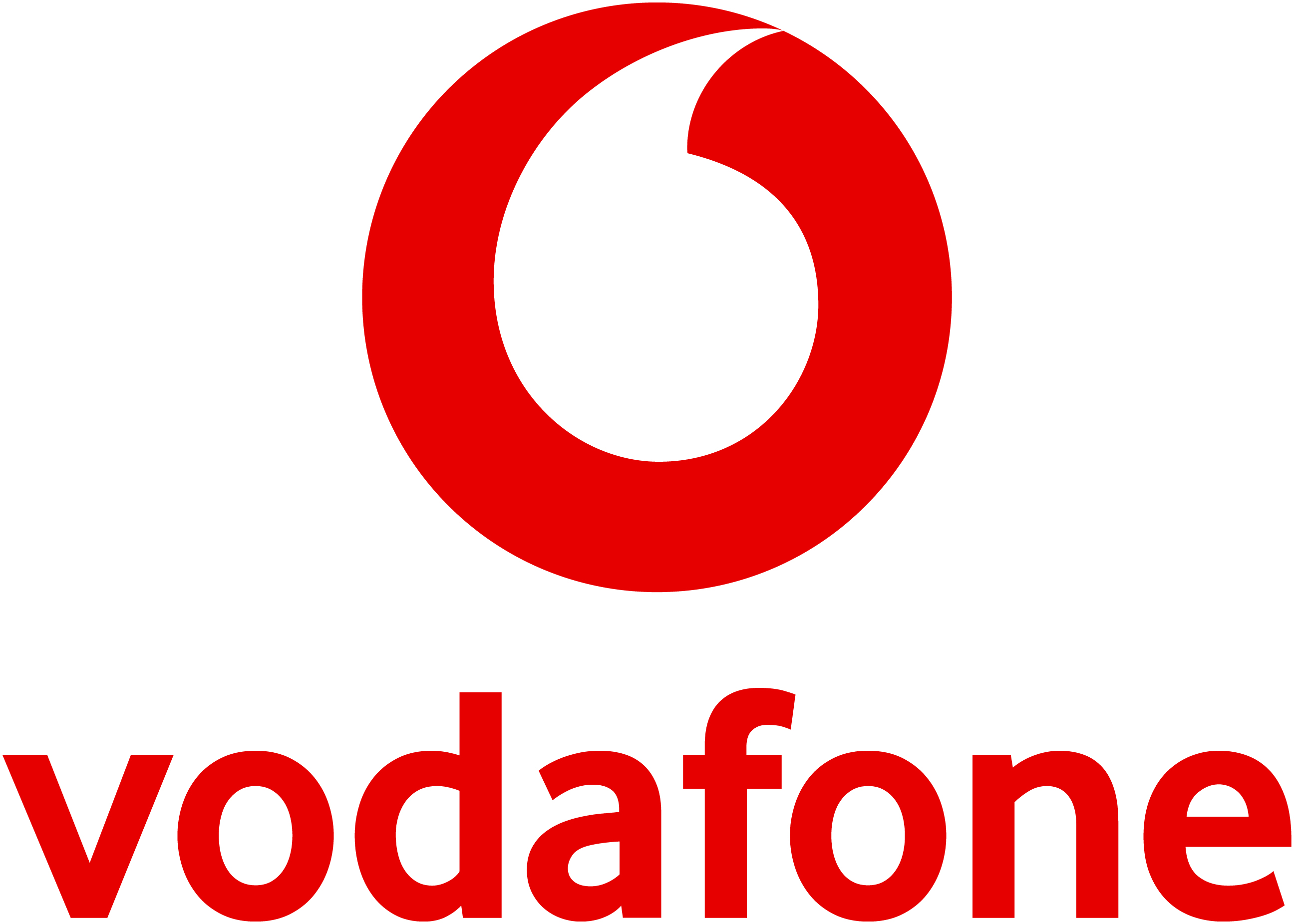With the arrival of 5G, many operators are now turning their heads to monetisation. The 5G killer use case is still unknown, says Frank Healy, senior product marketing manager at Openet, but with so much investment having gone into next-generation wireless infrastructure, achieving ROI is critical.
5G will require operators to think differently when it comes to selling 5G services to existing or potential subscribers. One such operator is already doing that: Vodafone. Following the launch of its 5G network, Vodafone announced that its new SIM-only bundles would move away from traditional gigabit data packages, towards unlimited data bundles on tiered network speeds.
For the operator, the benefits are obvious: maximise network resources, enhance quality of service (QoS) by having better control over individual subscriber experience, and prevent the network from falling over during times of heavy traffic.
With competition so fierce and subscriber churn a constant worry, operators must play their cards right to ensure they are offering the right service for each subscriber, according to their need. Doing so will allow them to improve personalisation as they gain a better understanding of the needs of their individual subscribers, allowing them to cross-sell and up-sell services in a timely and relevant manner. The secret sauce to this monetisation recipe? Network slicing.
A piece of cake
Network slicing allows multiple virtual networks to be created on top of a commonly shared physical infrastructure. In today’s connected world, many services require different levels of network bandwidth, latency, or speed. With network slicing, each slice can be configured in a way that meets the individual specific needs of applications and services. Operators can set Service Level Agreements (SLAs) on a per-slice basis to guarantee the highest Quality of Service (QoS).
Network slicing is a critical element of operators’ 5G journey; it will allow for greater network flexibility by optimising both the efficiency and the allocation of resources across the infrastructure. As each slice is managed and orchestrated autonomously, operators will be able to prevent or reduce network congestion and its impact across the network.
Ultimately, network slicing will allow operators to deliver more, varied services to maximise 5G monetisation, and could see the birth of the 5G killer use case. But while network slicing creates an exciting opportunity for operators, it also throws up several challenges, particularly where monetisation is concerned.
Legacy monetisation tools will simply be unable to sustain the complexity that will come with 5G use cases and so operators must carefully review existing monetisation tools to ensure they can seize the opportunity that presents itself before them. In the case of 5G network slicing, a “one size fits all” approach to monetisation will simply no longer do, especially as network slicing principles evolve, and as we get further along the 5G road.
Putting network slicing in 5G ROI
Many operators are looking at upgrading existing legacy monetisation systems, but this is likely to be costly and disruptive, and may not result in the agility and flexibility required from 5G-era operator software. Operators cannot afford to be restricted by monolithic, slow systems, and so must look towards agile, scalable and open-sourced solutions that can adapt according to changing market conditions and operator need.
Having the right level of agility will prepare operators to deliver new capabilities such as ultra-low latency charging to support application-driven slices, or the creation of separate monetisation stacks to cope with service-driven slices. Beyond this, operators will also need to think about different ways of charging in a network slicing world.
For example, they may choose to use cross-slice charging, whereby a single charging engine to charge for all services across all slices; or they may choose in-slice charging that will see operators deploy one charging engine per slice; or it might be a combination of the two. Given how early on we are on the 5G and network slicing road, there is little evidence to demonstrate that one way may be better than the other, but operators must futureproof their monetisation stacks today, to ensure they can handle the demands of tomorrow.
The uncertainty over the 5G killer use case is undoubtedly a big concern for operators who have made huge investments in 5G networks. And while the undertaking to ready their systems for 5G may seem huge, with the correct tools in place, operators can embrace new technologies such as microservices and platform-based architectures to move quickly and deliver new services that can go some way towards 5G ROI.
In the case of Vodafone, the operator is embracing capacity-driven slices that will help to guarantee network speeds and subscriber experience, thus allowing them to improve overall customer experience and ultimately, sell more services to a satisfied subscriber base. With operator investments in 5G so high, leveraging network slicing for 5G monetisation and revenue creation will undoubtedly be the secret sauce in their 5G monetisation recipe.
The author is Frank Healy, senior product marketing manager, Openet
Comment on this article below or via Twitter: @VanillaPlus OR @jcvplus







